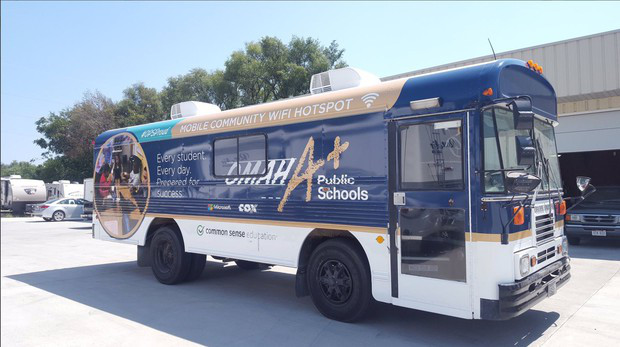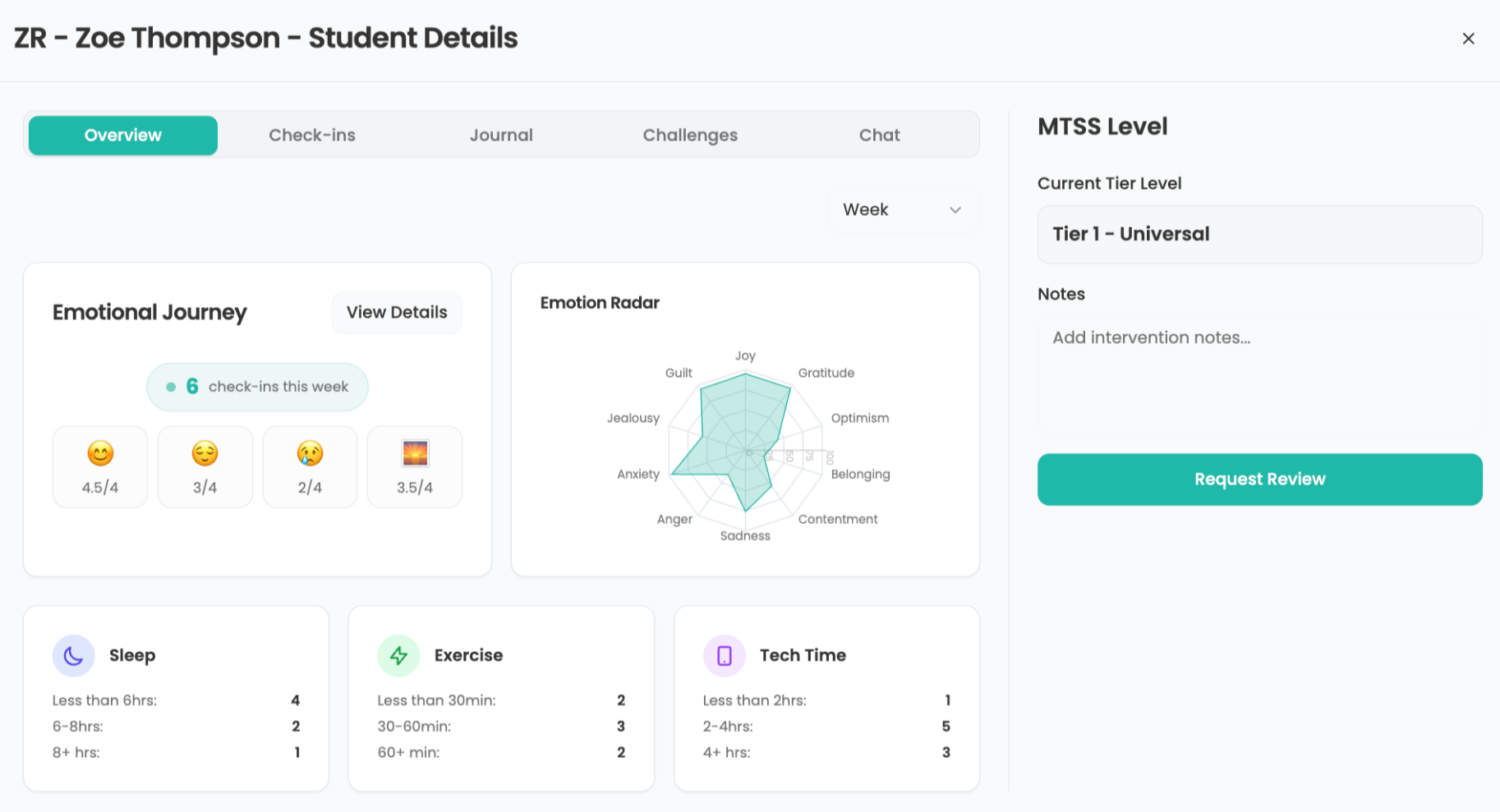Three Digital Equity Leaders Call to Action for Students Without Home Internet Access

The CoSN Meeting the Needs of Students Without Home Internet Access webinar on September 19, 2018 reflects the growing concern and call to action for school districts, business communities and state and federal government to address what has been termed as the homework gap. The Student Access to Digital Learning Resources Outside the Classroom Report, by the Department of Education, identified the three main causes of digital inequity as access and cost of high speed broadband and the lack of understanding by school families as to the importance of internet to support their students’ education.
As stated by the moderator of this webinar, CoSN’s new Chief Innovation Officer, Susan M. Bearden, “There is no silver bullet for addressing digital equity in school communities.” However, three passionate digital equity school leaders, Steve Langford, Chief Information Officer, Beaverton SD Oregon, Diane Doersch Chief Technology and Information Officer, Green Bay Area PS Wisconsin, and Rob Dickerson, Executive Director of Information Management Systems Omaha Public Schools, Nebraska, shared their own digital equity action plans that became their silver bullets.
The Perfect Storm
In 2014, Beaverson PS passed a bond with significant amount dedicated to technology and by 2016, Beaverton had 32,000 Chromebooks and 10,000 iPads being used in the district. Green Bay Area PS had a laptop cart model until 2017 when they established the Ninja Deployment initiative that resulted 1:1 devices at the secondary level and 1.5:1 at the elementary level. Nebraska’s two historical bonds, one in 2014 and another in 2017 that positioned Omaha PS to take total advantage of the modernization of E-Rate. Now that the districts had devices in students’ hands, strong reliable infrastructure and curriculums rich with digital content, Rob Dickerson identified this influx of technology as “a setting for a perfect storm.”
The Brick Wall
Steve Langford described how ”digital equity came to us” when students began advocating for themselves, expressing their frustration over accessing their education at home. Green Bay Area PS realized that, while the district had more classrooms using digital resources, they had not addressed the ISTE Standard for Education Leaders that ensured “all student have access to the technology and connectivity necessary to participate in authentic and engaging learning opportunities.” Omaha PS began to understand that, now that they were technology rich, they needed to develop the strategic plan frameworks that would “increase access and digital equity to transform learning.”
On the Road
Tools and ideas to transform education. Sign up below.
The three school districts took different paths though they all had the same digital equity prize in sight. As articulated by Diane Doersch, all three districts had the desire to improve student learning by modernizing & differentiating with technology. Beaverton PS started by establishing a Digital Equity Brown Bag, a team of passionate stakeholders, to tackle the digital inequity in the district. These Brown Baggers established partnerships with the 1Million Project by Sprint and the Kajeet Homework Gap Grant that provided low-cost internet and wifi hotspots for student in need in their district. After much research, Green Bay PS decided on Kajeet SmartSpot which provided daily WiFI check out options for students in the district that expanded access to families across the district. Omaha PS took an approach of pushing digital literacy and digital citizenship with a five year public service grant from Cox. The district renovated a bus into a flexible learning space that provided free Internet, digital literacy and digital citizenship across the community.

To Infinity and Beyond
All three districts are looking to the future. Steve Langford conveyed that he is looking at how schools are using these devices by asking the difficult question of “Does usage look different across our schools?” Diane Doersch underscored that, for true digital transformation, district equity policies changes are needed that include digital equity. Rob Dickerson emphasized that Omaha continues to focus on partnering with local business to provide students with safe and welcoming learning environments as well as continuing to educate school parents on “where their student is coming from and how they can engage with them around the idea of digital citizenship and digital literacy.”
